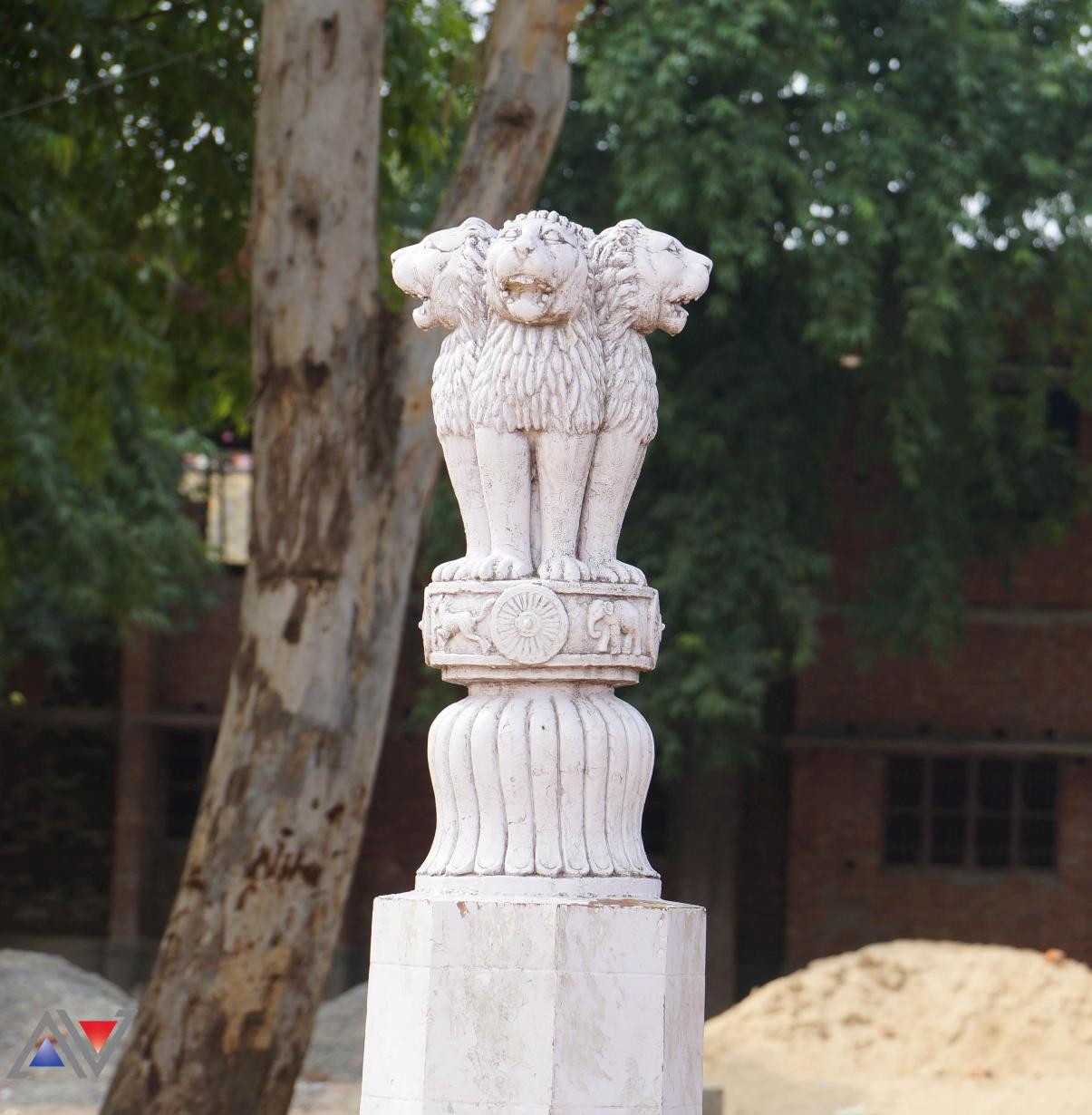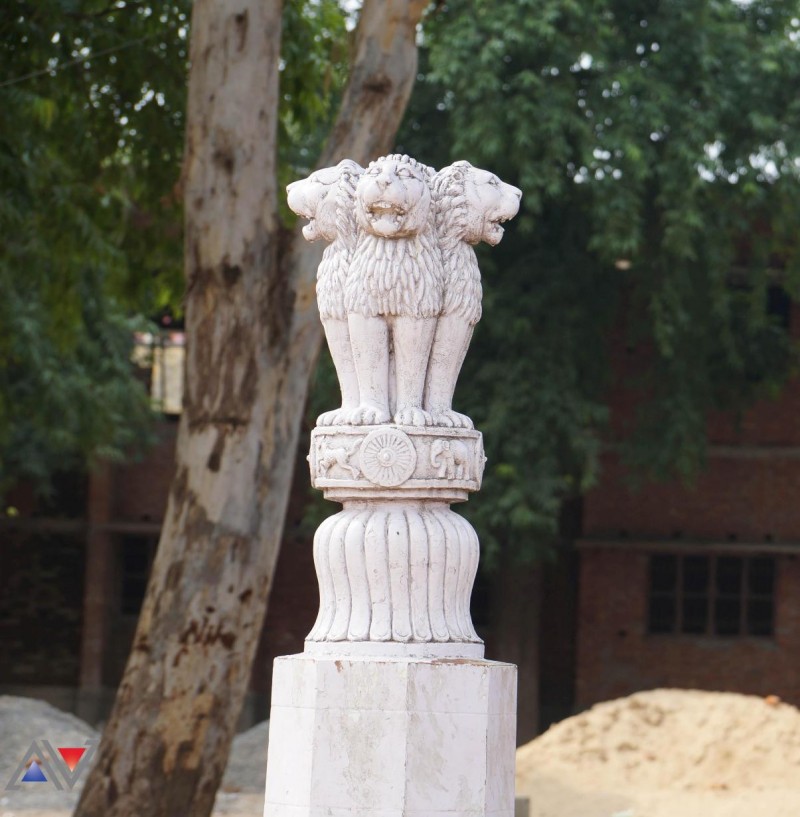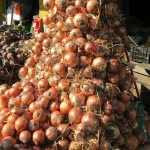India just celebrated it’s 69th Independence day with a lot of fervor. It’s definitely a moment to celebrate for all Indians across the world but the country faced greater challenges ahead. If tackled properly then these challenges can be converted into opportunities. Without further ado let’s dive right into them.
Rising Population
According to the United Nations, estimated population of India is expected to cross 1353 million by year 2020. The current estimate of the population by end of 2015 is expected to touch 1282 million.
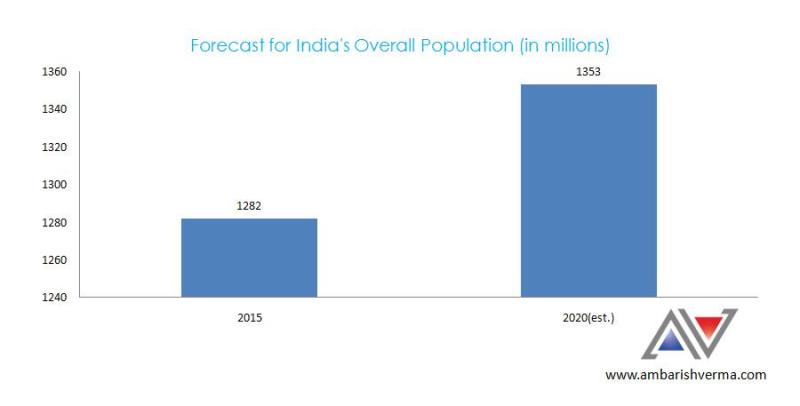
On one hand this creates a problem because we are running out of natural resources to support such a large population. But if looked at from human resource point of view this presents huge opportunities as this very same population, if managed and skilled properly; can propel India to become leading nation in every sector be it business, agriculture, science and technology etc.
Urbanization Trends
According to IMF, India is one of the fastest growing and emerging countries in the world. India has one of the largest populations and with increasing education, more opportunities and better standards of living more and more people are moving from the rural areas to the urban areas.
The influx of population is increasing at a rate of around 2% CAGR. It is projected that by end of 2015, around 388 million people would be occupying the urban areas which will touch 425 million people by 2020.
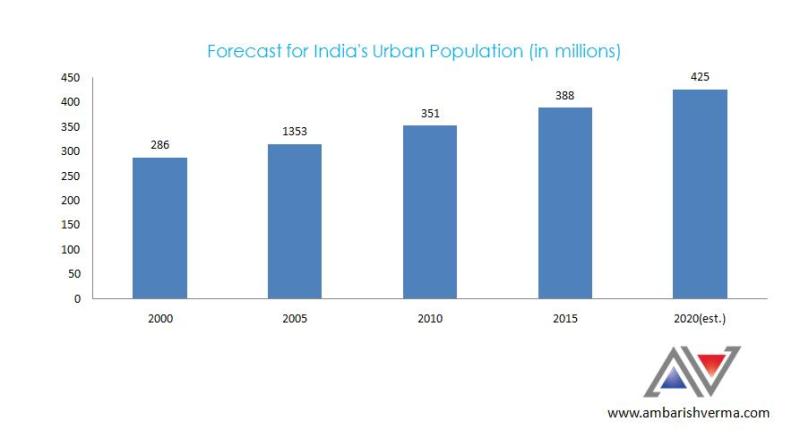
This creates huge pressure on urban infrastructure and resources. Most of the large cities in India are suffering from infrastructure related issues despite building Metros, highways etc. at a fairly rapid rate.
To tackle this problem government has come up with smart city project to build many new planned cities to attract people who want to shift from rural to urban lifestyle.
Rising National Income
The overall net national income is on a rise and has been growing at a CAGR of around 11.38% over the last 5 years. The net national income per capita is set to cross USD 25,000 by the end of year 2015. This indicates the overall average improvement of standards in terms of income levels of people. With rising income levels and inflation under control with stable economy this trend is expected to continue in near future.
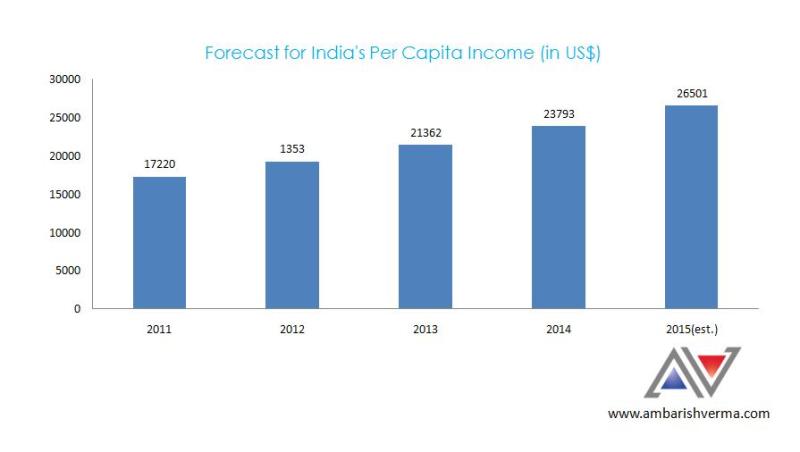
India is the only economy in BRICS nations showing positive growth despite other world economies slowing down. This is mainly because of the large in-house market to sustain the economy.
Huge Aspiring Middle Class
According to NCAER (National Council of Applied Economic Research) the middle class population in India is around 267 million and is projected to more than double to around 548 million by 2025 with a CAGR of around 7.45%.
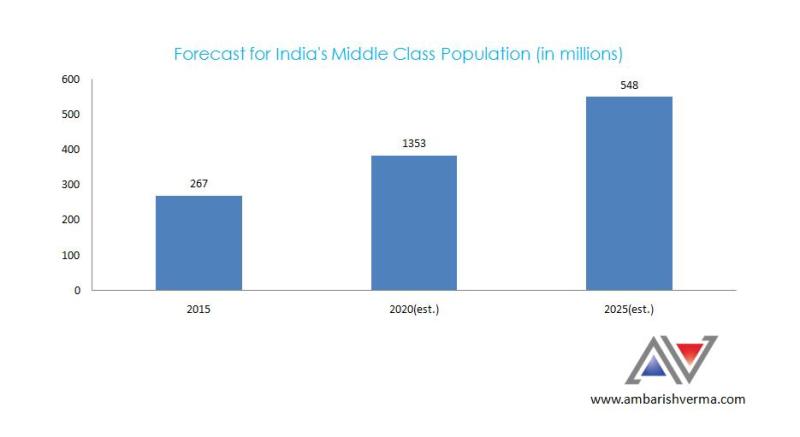
With the huge rise in middle class Indian economic scenario is expected to improve.
30% Population Under 14 Years of Age
According to Census, about 10% of the population falls under the age bracket of 0-4, 5-9 and 10-14 years each. This makes about 30% of the country’s population. Almost 1/3rd of the nation’s mind needs developing for the future. These young adults belong to the next generation having different demands from what the previous one had. Educational and recreational toys help children to develop their thinking and creative aspects.
By the year 2020 most of the kids belonging to this group is going to be voters for the next government and let’s hope they make choices which propel India into becoming a great nation it once was.
About Cover Image: Ashoka Pillar has been adopted as the National Emblem of India and the wheel “Ashoka Chakra” from its base was placed onto the center of the flag of India. For information related to licensing and attribution please visit here.
